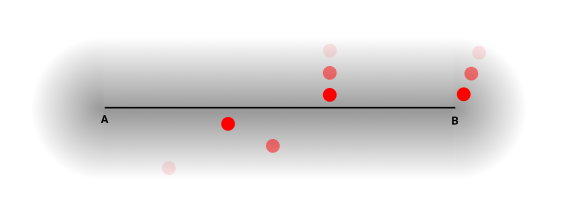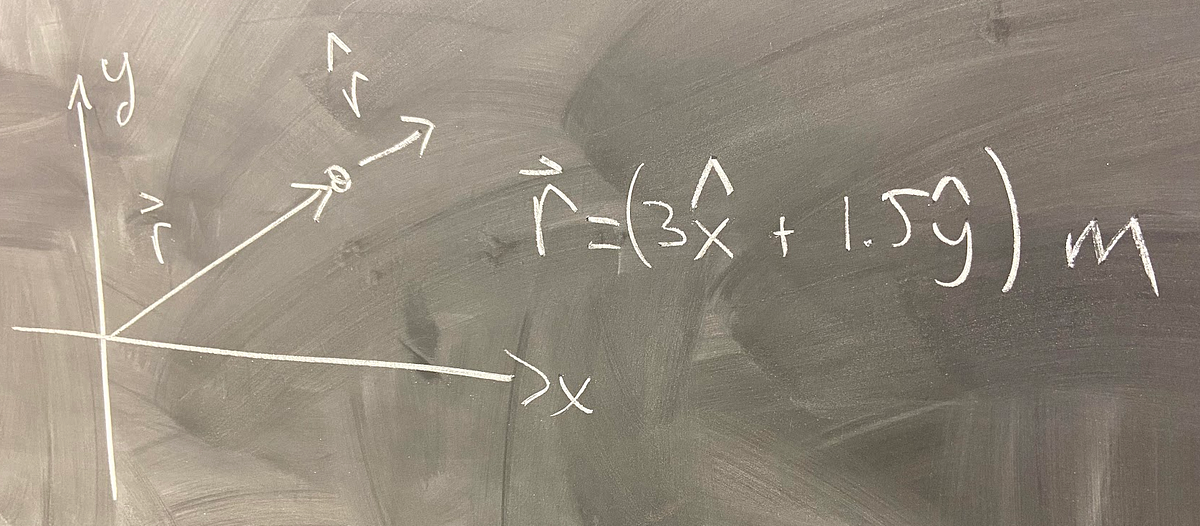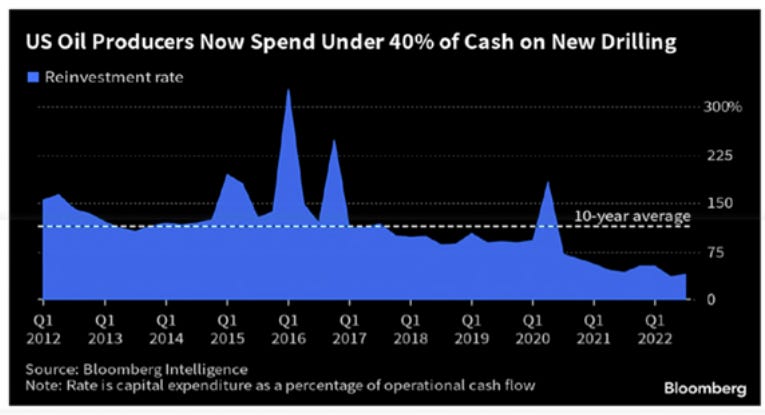
📝 Guest Post: Choosing the Right Vector Index For Your Project*
In this post, Frank Liu. ML Architect at Zilliz, discusses vector databases and different indexing strategies for approximate nearest neighbor search. The options mentioned include brute-force search, inverted file index, scalar quantization, product quantization, HNSW, and Annoy. Liu emphasizes the importance of considering application requirements when choosing the appropriate index.
Vector databases are purpose-built databases meant to conduct approximate nearest neighbor search across large datasets of high-dimensional vectors (typically over 96 dimensions and sometimes over 10k). These vectors are meant to represent the semantics of unstructured data, i.e. data that cannot be fit into traditional databases such as relational databases, wide-column stores, or document databases.
Conducting efficient similarity search requires a data structure known as a vector index. These indexes enable efficient traversal of the entire database; rather than having to perform brute-force search with each vector. There are a number of in-memory vector search algorithms and indexing strategies available to you on your vector search journey. Here's a quick summary of each:





















